The Indian Middle Class
Who exactly are the middle classes in India? What role do they play in contemporary Indian politics and society, and what are their historical and cultural moorings? The authors of this volume argue that the middle class has largely been understood as an ‘income/economic category’, but the term has a broader social and conceptual history, globally as well as in India. To begin with, the middle class is not a homogeneous category but is shaped by specific colonial and post-colonial experiences and is differentiated by caste, ethnicity, region, religion, and gender locations. These socio-economic differentiations shape its politics and culture and become the basis of internal conflicts, contestations, and divergent political worldviews. The authors demonstrate how the middle class has acquired a certain legitimacy to speak on behalf of the society as a whole, despite its politics being inherently exclusionary, as it tries to protect its own interests. Further, perceived as an aspirational category, the middle class has a seductive charm for the lower classes, who struggle to shift to this ever elusive social location.
Contents: Preface. Introduction. 1. What does it mean to be middle class? 2. The formative years. 3. The age of development and nation building. 4. Transforming India, from above. 5. The contemporary dynamics and number games. 6. Consuming identities and exclusionary powers. 7. Diversities and margins. Conclusion. Index.
Get it now and save 10%
BECOME A MEMBER

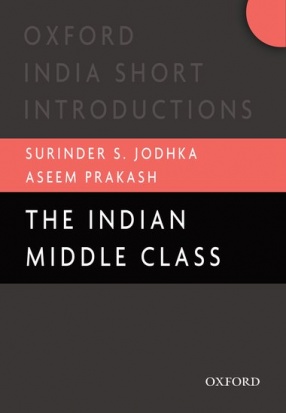
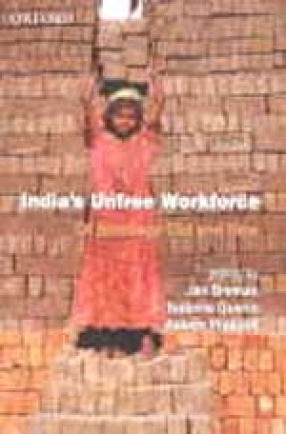

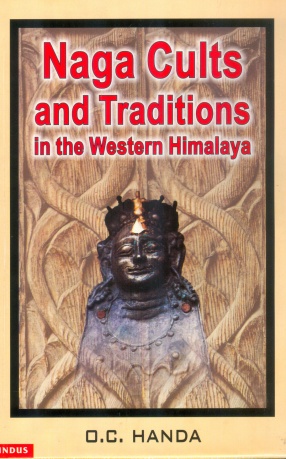
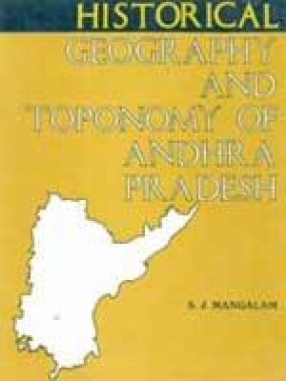
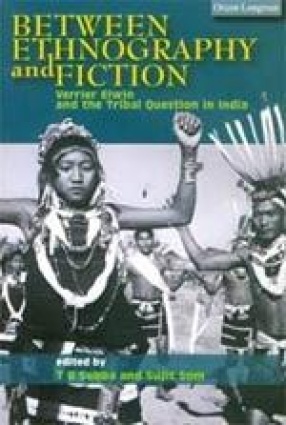

Bibliographic information
Aseem Prakash